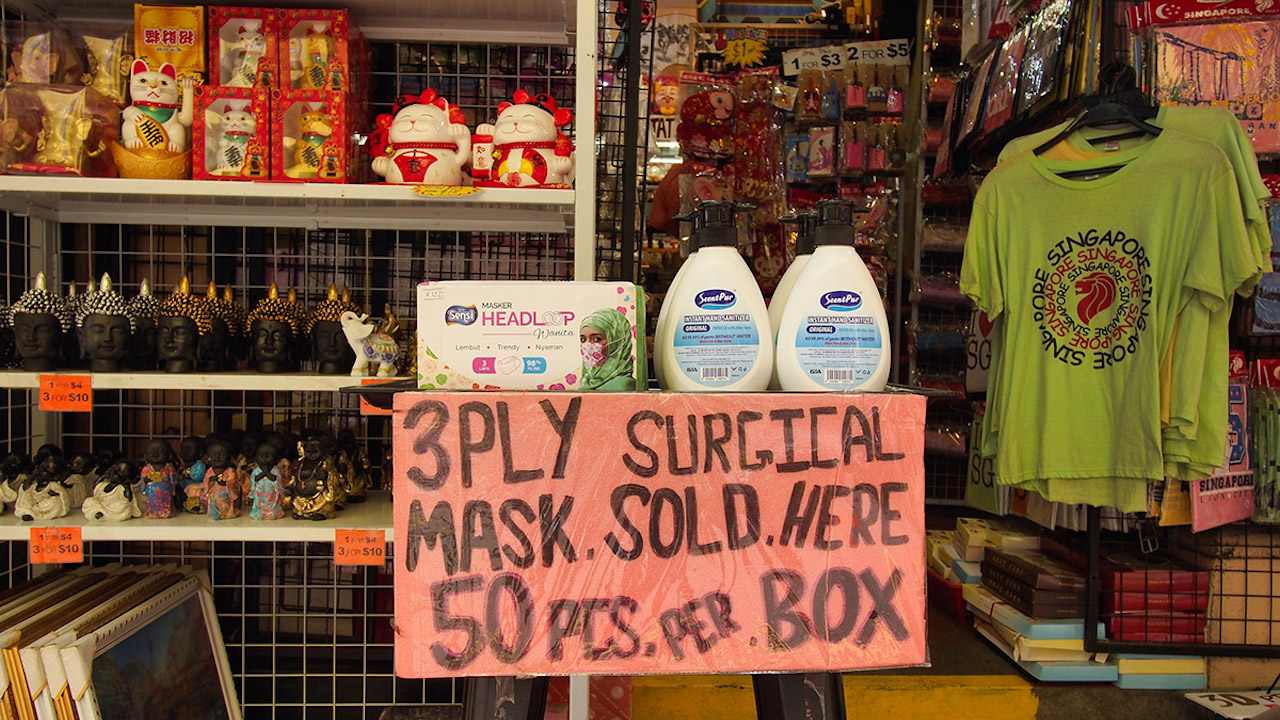
SMEs are the backbone of ASEAN economies and employ more than 50% of workers in member countries. Photo credit: ADB.
Apart from financial assistance, SMEs also need support navigating a business environment changed by the pandemic.
Asia’s small and medium-sized enterprises (SMEs) need not only financial assistance but also market opportunities and business advice to weather the pandemic.
The main problem of SMEs is liquidity, says Paul Vandenberg, a senior economist at the Asian Development Bank (ADB). Many of these enterprises have very limited cash reserves to survive and they rely on revenues from the sale of their products and services to generate cashflow.
Yet, aside from improved access to credit and other financial support, they also need support navigating a business environment changed by the coronavirus disease (COVID-19) crisis.
SMEs are the backbone of ASEAN economies and employ more than 50% of workers in member countries. Governments need to adopt policies that will ensure their survival as it is critical to economic recovery. In most countries, governments have rolled out fiscal and financial measures to backstop the decline in cash reserves of businesses, particularly SMEs. However, economies are just starting to reopen, and market conditions are far from normal.
Enterprise pivot
At the fifth Policy Actions for COVID-19 Economic Recovery Dialogue, organized and hosted online by ADB on 8 July, Vandenberg says this crisis is like no other. Previous crises were more narrowly financial and economic, whereas the current situation is marked by the inability of people—customers, workers, suppliers, and others—to move and conduct business. Government, along with chambers of commerce, and business associations, can step in and help enterprises manage their finances and operations.”
He says SMEs should be encouraged to pivot their business by adopting a new model or moving into new market segments. There are innovative and progressive enterprises that have modified their operations so they can keep operating during the pandemic. For example, restaurants with no takeaway services have started to offer them.
E-commerce and digital payments have surged as social distancing became the norm to prevent the spread of the disease. Vandenberg says COVID-19 is accelerating the digitalization trend and there are new opportunities for SMEs to continue their business online. He notes that some digital platform providers in the People’s Republic of China have put out manuals to help enterprises digitalize their business transactions.
Buy local, go global
Foo Ngee Kee, who is the founding president of the Sabah SMEs Association, also shared the recovery strategies adopted by Sabah for SMEs at the policy dialogue. The Malaysian state is encouraging consumers and businesses to buy local and supporting small businesses to enter the export market.
Relying more on local producers will minimize the impact of global supply chain disruptions and reduce foreign currency spending which will improve business-to-consumer connectivity, and the setting up of agriculture collection and marketing centers to support agribusinesses.
Sabah also wants to help farmers, fishermen, and SMEs to get into the export market and move to production of high-value and value-added goods. Foo says improving trade facilitation and transport connectivity with the rest of the BIMP-EAGA subregion will play a key role in developing Sabah’s export sector. Opportunities include exporting palm oil to Indonesia and the Philippines, where demand for cooking oil is high.
This article was first published by BIMP-EAGA on 12 July 2020.

BIMP-EAGA
The Brunei Darussalam–Indonesia–Malaysia–Philippines East ASEAN Growth Area, or BIMP-EAGA, is a cooperation initiative established in 1994 to spur development in remote and less developed areas in the four participating Southeast Asian countries.


